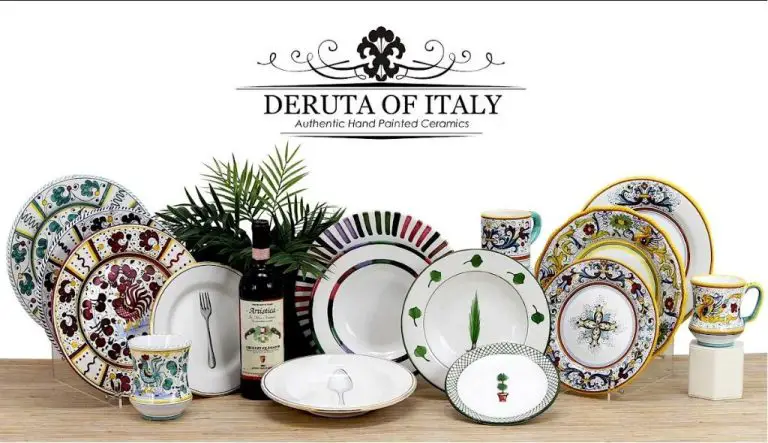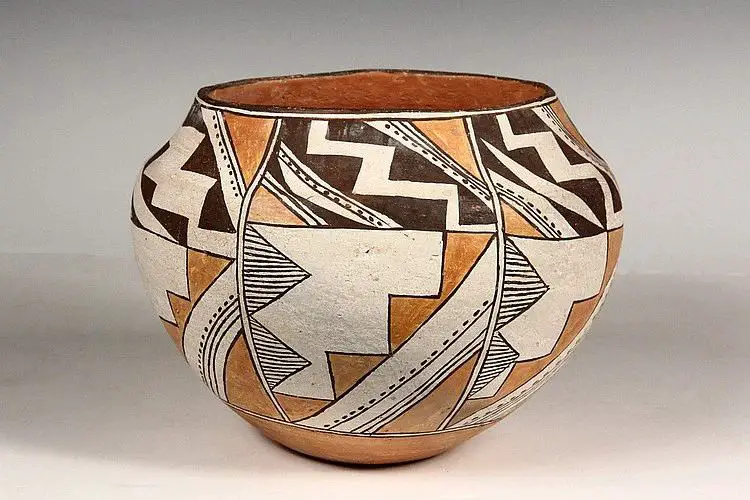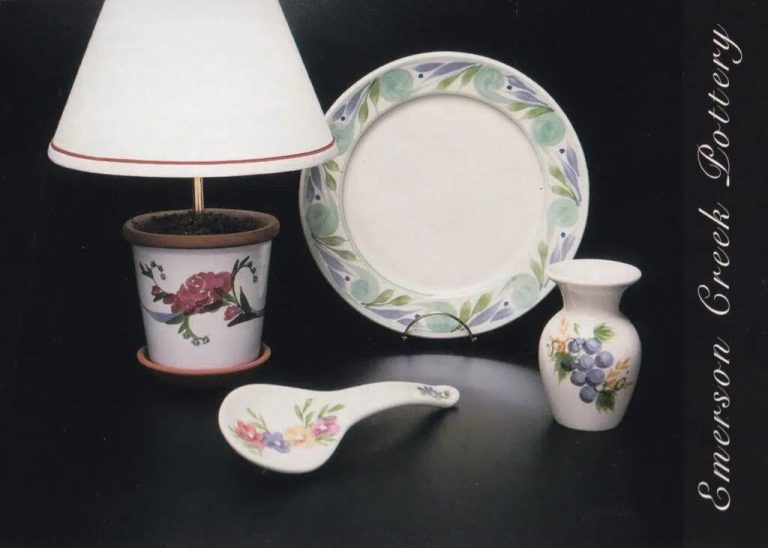What Is The Cracked Pot Analogy?
The Cracked Pot is a famous parable that has been told for generations. While its exact origins are unknown, similar stories about cracked pots have been found in multiple cultures dating back to ancient times. The central lesson of the Cracked Pot analogy emphasizes that our flaws and imperfections can sometimes lead to unexpected beauty and purpose.
One early version of the tale appears in Chinese folklore, where it is known as The Cracked Vase. In this story, a poor peasant owns a vase with a crack that leaks water as he carries it. Despite its flaw, the vase helps water the seeds along the path, allowing beautiful flowers to bloom. The Cracked Pot analogy teaches that our imperfections can be beneficial, and we should not focus on our defects but rather embrace our unique value.
The parable remains popular today due to its timeless message about self-acceptance, finding inner beauty, and allowing our weaknesses to become strengths. It reminds us that even broken objects can still accomplish good in the world. The Cracked Pot shows how our flaws make us more human and lovable. For these reasons, it continues to resonate with modern audiences.
The Story
The cracked pot story is a tale that conveys an important moral lesson. It centers around two clay pots, who are taken by a water carrier on daily journeys to a stream to collect water. One of the pots is perfect, while the other has a crack down its side

The two pots make the journey to and from the stream each day, filled up with water to bring back to the water carrier’s house. The perfect pot always delivers a full portion of water after the long walk from the stream. However, the cracked pot has a flaw – it leaks water out of its crack as it is carried from the stream to the house. By the time the water carrier arrives home, the cracked pot only delivers half a portion of water.
For years, the water carrier repeats her journey to and from her house collecting water from the river. As the years pass by, the cracked pot feels bad about being able to deliver only half as much water as the perfect pot. It is ashamed of its flaw and considers itself useless compared to its counterpart
However, at the end of the story, the cracked pot comes to realize that its imperfection serves a purpose. While it was leaking, the water seeping out watered the seeds along the path, allowing beautiful flowers to bloom. Its flaw was not something to be ashamed of, but rather it allowed the pot to uniquely contribute in a positive way.
The Flawed Pot
In the story, one of the pots had a crack in it while the other pot was perfect. The cracked pot was ashamed of its imperfections and flaws compared to the perfect pot. It had a long crack down one side that caused water to leak out whenever the water bearer filled it (The Story of the Cracked Pot 2023).
The cracked pot felt inadequate because it could only deliver half the amount of water that the perfect pot could deliver. It was frustrated that it couldn’t fulfill its purpose properly due to the crack. The imperfections and flaws of the cracked pot caused it to feel worthless and useless (The Story of the Cracked Pot, 2023).
The Perfect Pot
One of the two pots making the daily journey to the stream and back was perfect in every way. It was a beautiful reddish-brown clay pot formed flawlessly by a skilled potter. The pot had no chips, cracks, or blemishes – it was pristine. As the old water bearer filled the perfect pot at the stream each morning, it could hold a full portion of water all the way home without leaking a single drop. When the water bearer poured the water into the village’s clay jugs at the end of the long walk, the perfect pot always accomplished its purpose completely.
According to The Story of the Cracked Pot & Editing Your Purpose (Sloww): “One pot was perfectly formed. It had no flaws whatsoever.” The perfect pot took pride in its accomplishments and ability to fulfill its purpose without fail.
The Journey
The water carrier took the two pots on daily journeys to the stream to fetch water. Each day, the two pots were filled to the brim. The water carrier then loaded the pots onto each end of a pole and carried them on his shoulders to the marketplace.
While the perfect pot arrived at the marketplace full, the cracked pot arrived only half full. As they walked, the flawed pot dripped water from its crack the whole way (Sloww). By the time the water carrier arrived at the marketplace, the cracked pot had only delivered half its water.
“I am ashamed of myself, and I want to apologize to you,” the cracked pot told the water carrier one day after their journey. “Because of my flaw, this crack in my side, I only deliver half my load because the rest leaks out all the way back to your house.”
Reaching the Market
Each day the water-bearer would carry the two pots hung on each end of a pole to the market to sell water. The perfect pot was proud of its accomplishments, as it perfectly delivered all its water. However, the cracked pot arrived only half full leaking out the water through the crack during the long walk to the market (Source). Despite working very hard and leaking all this water, the cracked pot was never able to deliver a full portion of water. The cracked pot was ashamed that he was able to accomplish only half of what he had been made to do.
The Flawed Pot’s Shame
Eventually the cracked pot noticed that it was only able to deliver half a pot of water to the market each day, while the other perfectly formed pot always arrived full. So the flawed pot spoke to the water bearer, saying “I am ashamed of myself, and I want to apologize to you.” The water bearer asked “Why? What are you ashamed of?” The pot explained, “I have been able to deliver only half my load because this crack in my side causes water to leak out all the way back to your mistress’s house.” According to The Story of the Cracked Pot, the cracked pot felt its imperfection made it worthless and unable to fully accomplish its purpose.
The pot was miserable that the crack in its side prevented it from completing the full journey with a full load of water. It felt deep shame over its flaw and believed it was failing at the purpose for which it had been created. The cracked pot focused only on its failure to arrive at the market completely full, not realizing there was beauty and purpose along the path it traveled.
The Water’s Purpose
As the water bearer continued the daily journey to the market, both pots arrived feeling discouraged. However, the water bearer noticed that beautiful flowers now lined the path on the side of the trail where the cracked pot was carried. Upon closer inspection, the water bearer realized that the cracked pot’s flaws were actually serving a purpose – as water dripped through the crack over the course of the journey, it nourished the soil and allowed the flowers to bloom.
“You see,” the water bearer said to the cracked pot, “your leakiness has not been in vain. Your imperfections have helped nourish the plants and flowers along our path. You should not feel ashamed, but instead proud that your flaws served a greater purpose.” The cracked pot now felt joy at the discovery that even though it could not fulfill its original purpose flawlessly, its unique imperfection still brought beauty into the world. As quoted in The Cracked Pot, “We are all cracked pots with our own flaws and brokenness. But if we allow Him, God will use our flaws to grace the world.”
The Moral
The moral of the Cracked Pot story is that we all have flaws and imperfections, but we still have a purpose. As the story shows, the cracked pot believed it was useless because it was leaking water during the journey to the market. However, the merchant pointed out that the cracked pot’s flaws allowed it to water the beautiful flowers along the path. This teaches us that instead of focusing on our inadequacies, we should look for the unique ways our flaws can serve a greater purpose. Though we may be imperfect vessels, we each have our own special contribution to make in life.
As the chief character in the tale realizes, “we don’t need to be perfect to fulfill our purpose and bring joy to others.” Our flaws make us distinctive, and if we embrace them, we can find creative ways to turn our weaknesses into strengths. Rather than lament over the ways we fall short, the story inspires us to appreciate the one-of-a-kind mark we can leave on the world. The cracked pot shows us the dignity and beauty in imperfection.
Conclusion
The Cracked Pot analogy teaches an important lesson about embracing our flaws and imperfections. Though the cracked pot felt inadequate compared to the perfect pot, it discovered that its cracks allowed the water to flow out and water the plants along the path. This shows that our imperfections can sometimes lead to beautiful outcomes, and we should focus on using our unique qualities to help others. The cracked pot was able to nourish the plants despite its flaws. Similarly, we can use our life experiences and struggles to help and inspire other people. Rather than focusing on perfection, we should embrace our cracks and find creative ways to turn our weaknesses into strengths. The story reminds us not to judge ourselves or others by appearances alone. Even if we feel flawed, we have hidden potential to make the world a little more beautiful.
The cracked pot analogy encourages us to shift our perspective and appreciate our imperfections. We all have cracks and flaws, but they allow our inner light to shine through. Our broken pieces can come together to form something strong and wonderful. This story promotes self-acceptance, compassion, and using our gifts to serve others. Its timeless message applies to many aspects of life. Whenever we feel inadequate or broken, we can remember the cracked pot that embraced its flaws and let its light flow out into the world.




